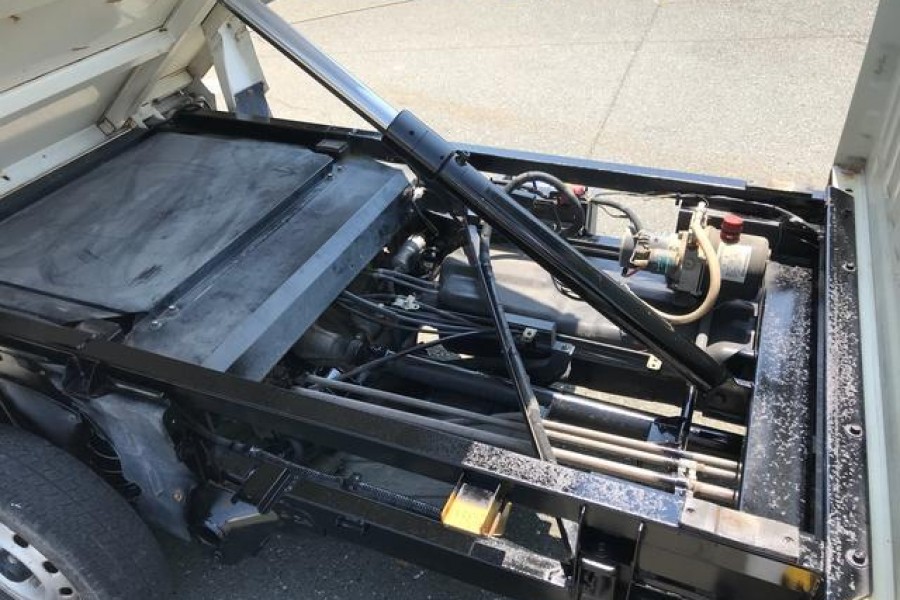Why Your Truck Needs a Radiator Flush
An increase in the temperature makes many truck owners worry about their trucks. High temperatures expose the battery and other essential engine components to danger. And before you know it, you could be needing more than just regular maintainance for your truck. For your truck to be safe from the environmental heat, you need fresh radiator fluid. Are you prepared for radiator fluid flush?
What Is Radiator Fluid Flush?
The radiator cools the engine by using coolants which absorb the heat in the engine to the radiator where cooling takes place. As the radiator fluid does this, its quantity reduces with time making the radiator to be less effective. When the radiator becomes less effective, high chances of your engine getting damaged due to high temperatures are high.
If you do not top up the radiator fluid, chances are high that your engine will rust, warp and eventually fail completely. To keep your radiator functional, you need to perform a regular radiator fluid flush. When performing the radiator fluid flush, the old refrigerant will be drained and the system will be filled with the fresh refrigerant. How will you know that you need to perform a radiator flush?
Signs that Your Truck Needs a Radiator Flush
Let us look at some of the signs that will show you that you need to perform radiator flush.
When the Engine Gauge Registers High Temperature
The dashboard of your truck has a temperature gauge. The role of that temperature gauge is not to show you the temperature of your cabin but you should be keen on it because it shows the temperature of the engine. If the temperature gauge rises above normal, just know that your radiator coolant level is low and you need to perform a radiator flush.
When Your Engine Overheats
When the temperature gauge hits the red area, its an indication that the temperature of your engine has gone high above normal. If you find yourself in such a scenario when driving, it is necessary to stop and give your engine time to cool down. When you note a rise of temperature, you should switch off AC system. When this happens, never continue driving to your destination instead take your truck to the nearest mechanic to perform you radiator fluid flush.
A Sweet Syrup-Like Smell From Your Engine
The coolant is composed of ethylene glycol molecules which resemble sugar molecules. When the radiator coolant is exposed to high temperatures, they burn to produce a sweet syrup-like smell. When you feel such smell, do not enjoy but it symbolizes that something serious is happening and you need a radiator fluid flush as soon as possible.
White Vapour or Coloured Fluid Leakage
People say that one can detect radiator fluid leakages below the engine. At room temperature, the radiator refrigerant is in a gaseous state. If the radiator fluids are leaking, they will evaporate very fast. But you can manage to detect the leaking radiator coolant before they turn into gases. The color of a refrigerant is green or orange.
Conclusion
During high temperatures, you should pay keen attention to your car’s cooling system. Doing this will enable you to make an adequate radiator fluid flush in time.



